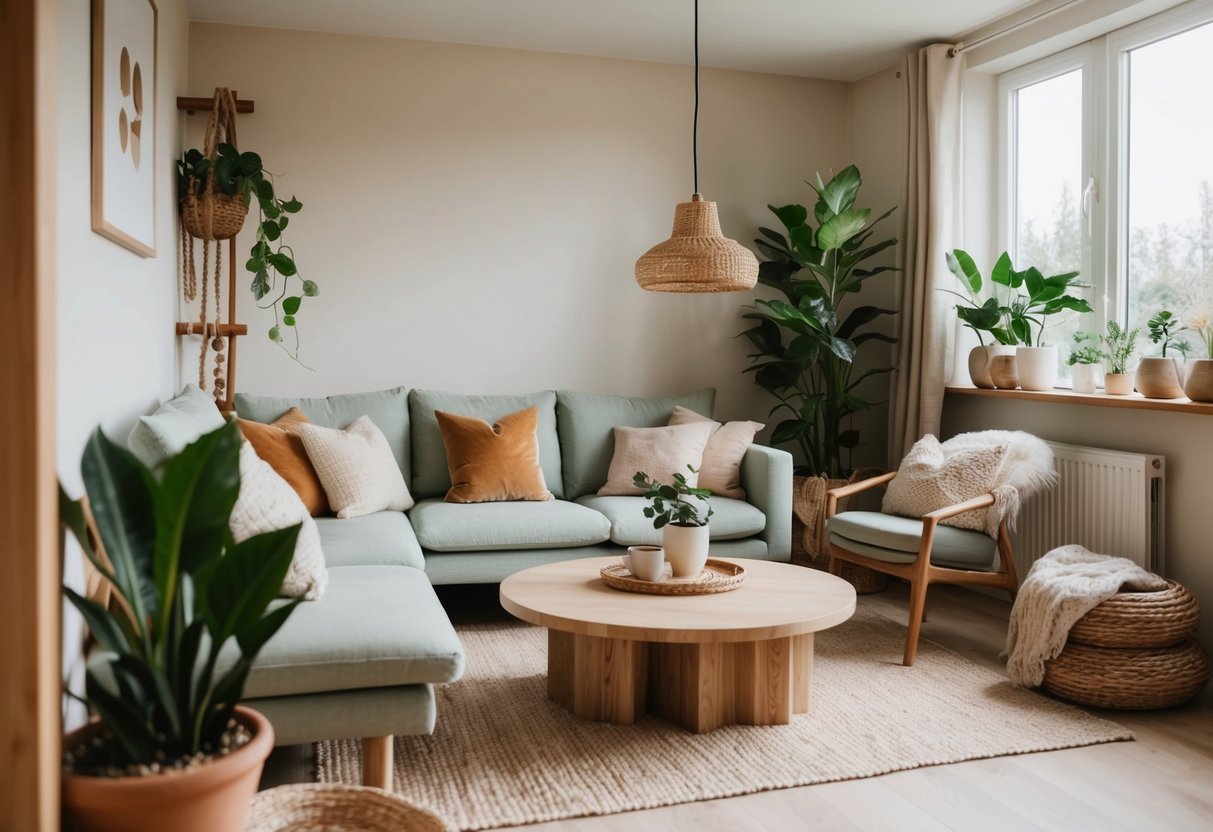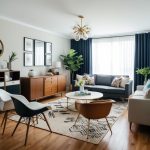Creating a Home Oasis with Stress-Relief Decor
In today’s fast-paced world, creating a sanctuary at home has become essential for maintaining peace and balance. A well-designed space infused with stress-relief decor can significantly enhance relaxation and wellness. Incorporating elements such as calming colors, natural materials, and soothing aromas effectively reduces anxiety and fosters a sense of tranquility.
The journey to designing a home oasis begins with understanding the power of the environment on mental well-being. Simple changes, like introducing plants or rearranging furniture for better energy flow, can make a difference. Choosing decor that resonates with personal preferences ensures the space is both aesthetically pleasing and emotionally comforting.
Even small adjustments can lead to significant improvements in mood and stress levels. Emphasizing comfort and warmth helps create an inviting atmosphere that welcomes residents to unwind and recharge. This approach prioritizes a holistic view of interior design, focusing on harmony between the mind, body, and living space.
Understanding Stress and Its Impact on Well-Being
Stress deeply affects both physical and mental health, influencing moods and overall quality of life. By gaining insights into stress and creating calming spaces, one can foster a nurturing environment that promotes wellness and tranquility.
The Science of Stress
Stress originates from the body’s response to external pressures, triggering what is known as the “fight or flight” response. This reaction releases hormones like cortisol and adrenaline, preparing the body to manage perceived threats. While this can be helpful in short bursts, chronic stress results in physical and mental health issues such as increased anxiety, heart problems, and weakened immunity.
Identifying the sources of stress is crucial for mitigating its effects. Workplace demands, personal relationships, and financial concerns are common triggers. Controlling these factors, through various strategies, can significantly reduce anxiety levels. Embracing stress management practices, such as mindfulness and regular exercise, supports both short-term relief and long-term well-being. These efforts prevent overwhelming stress responses and contribute to a healthier lifestyle.
Benefits of a Stress-Relief Living Space
A well-designed living space can be a sanctuary that alleviates stress and fosters relaxation. Integrating natural elements like plants and sunlight enhances tranquility, creating a calming ambiance. These elements also purify the air and improve mood by stimulating relaxation.
Choosing the right colors and textures in a room influences emotional responses. Soft, neutral colors and comforting materials encourage relaxation. Layout and decluttering are equally important, as a tidy, spacious area promotes mental clarity. Incorporating soothing sounds or aromatherapy further enhances a sense of well-being. By crafting a personalized haven, individuals can significantly improve their mental health and cultivate a balanced life.
Basics of Biophilic Design

Biophilic design emphasizes the integration of natural elements and maximizing natural light to create environments that foster comfort and well-being. This approach taps into humans’ inherent connection to nature, aiming to alleviate stress and enhance a sense of tranquility.
Incorporating Natural Elements
Incorporating natural elements is a foundational aspect of biophilic design. This includes using materials like wood, stone, and plants. Wood can be integrated through furniture, flooring, or wall coverings, providing a warm and organic feel. Stone, used in countertops or accents, adds a sense of permanence and solidity. Plants not only improve air quality but also bring color and life into the home. Indoor gardens, potted plants, or even vertical plant walls serve as living artworks, enhancing aesthetics and reducing stress levels.
Water features, such as fountains or small aquariums, can add a soothing auditory component. These elements work together to create an environment that mirrors natural settings, contributing to a calming ambiance.



